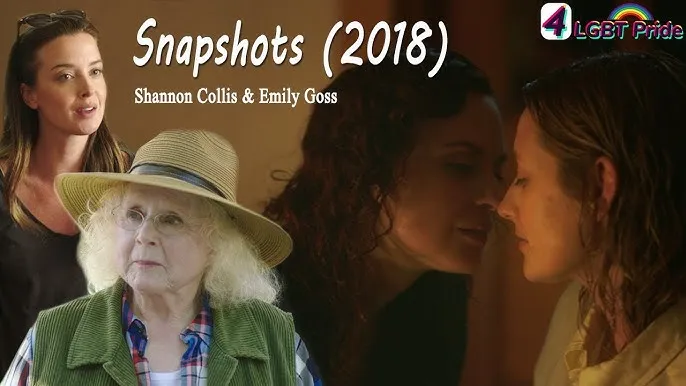Flowers in the Attic: A Dark Tale of Family Secrets and Forbidden Bonds
Flowers in the Attic is a gothic drama based on the 1979 novel by V.C. Andrews. The story revolves around the Dollanganger family and is a haunting exploration of love, betrayal, and survival. Since its release, it has captivated audiences with its intense emotional drama and disturbing family secrets.
The plot centers on four siblings—Cathy, Chris, Carrie, and Cory—who are locked away in the attic of their grandparents’ mansion after their father’s sudden death and their mother’s mysterious plans to protect them. Isolated from the outside world, the children endure harsh conditions and unravel dark family secrets that challenge their innocence and loyalty. The attic becomes both a prison and a sanctuary, forcing them to rely on one another in ways that blur the boundaries of love and morality.

The narrative delves into themes of abuse, the complexities of familial love, and the consequences of greed and deception. The emotional intensity is heightened by the characters’ struggles with confinement and the psychological toll it takes on them. The story’s tension builds steadily, culminating in shocking revelations and heart-wrenching decisions.
Flowers in the Attic has been adapted multiple times for film and television, with each adaptation capturing the novel’s eerie atmosphere and dramatic core. The story’s gothic elements—such as the grand, shadowy mansion, the secret attic, and the oppressive silence—create a suspenseful backdrop that enhances the tragic unfolding of events.

Critically, the story is praised for its compelling portrayal of complex characters trapped in extraordinary circumstances. While some consider its themes controversial, it remains a powerful narrative about resilience, the darker side of family dynamics, and the struggle for freedom.

In summary, Flowers in the Attic is a gripping, emotional drama that explores the darkest corners of family loyalty and survival. Its haunting story continues to resonate with readers and viewers alike, making it a lasting fixture in gothic fiction.


